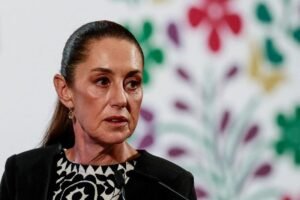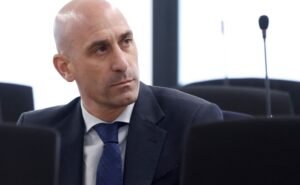The meetings so far have not resulted in major new announcements, as is sometimes the case for leader-level talks planned well in advance. The biggest development — Trump’s announcement of a plan to take control of Gaza and move the Palestinians out — hadn’t even been written down before he inserted it last minute into his remarks delivered alongside Israeli Prime Minister Benjamin Netanyahu.
Instead, the sessions appear to reflect the strategy many kings, presidents, and prime ministers have come to appreciate as they navigate another go-around with the most mercurial — and transactional — of American leaders: the more face time, the better.
The Israeli, Japanese, and Indian flags have all flown outside Blair House, the presidential guest quarters, since Trump’s second administration began last month, heralding those countries’ presence inside. Another visitor, Jordan’s King Abdullah II, stayed elsewhere.
Trump’s four visitors so far outpace the start of President Barack Obama’s first term, when he waited until late February to welcome his first foreign leader. President George W. Bush had his Canadian counterpart in for talks within two weeks of taking office but waited to invite other leaders until several weeks later. Visitors were limited at the start of President Joe Biden’s term due to Covid-19 restrictions. He didn’t welcome a foreign leader until mid-April.
Trump, meanwhile, has welcomed counterparts twice this week and twice last.
Trump has stuck with the leaders of mostly staunch US allies for his first meetings. King Abdullah has long been the first Arab leader to visit the White House when a new president is elected, while the Japanese prime minister is usually the first guest from Asia. In Netanyahu and Indian Prime Minister Narendra Modi, however, Trump also invited leaders accused of taking steps to erode their countries’ democracies.
They have come bearing gifts, both rhetorical and physical. Netanyahu, Trump’s very first foreign visitor, presented him with a gold-plated pager, a somewhat macabre allusion to a deadly September operation carried out by Israel in Lebanon, which targeted pagers used by Hezbollah members.
Prime Minister Shigeru Ishiba, meanwhile, offered his gift in the form of flattery.
“I was so excited to see such a celebrity on television,” the Japanese leader told Trump during a news conference in the East Room. “On television he is frightening, and he has a very strong personality, but when I met with him he was very sincere and very powerful, and with a strong will for the United States.”
Trump, who grinned broadly as he listened to a translator relaying Ishiba’s remarks, offered his guest a signed photo.
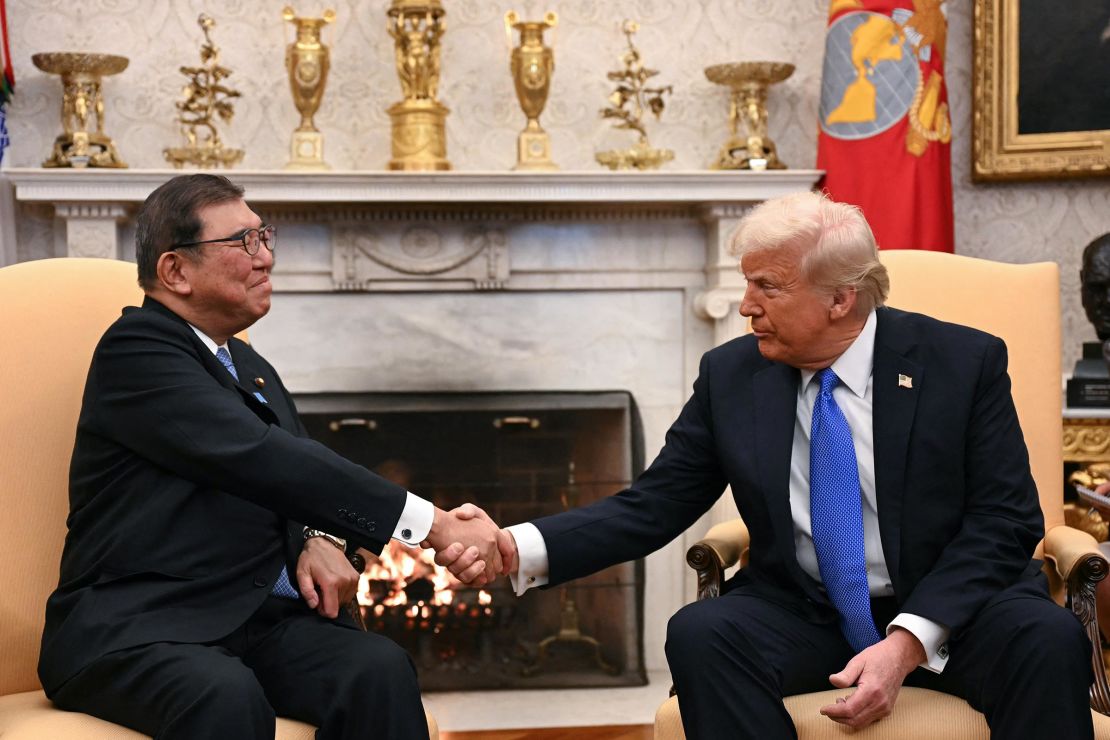
The rush to meet Trump mirrors attempts by world leaders to secure face time when he was first elected in 2016. The first to reach Trump Tower was Shinzo Abe, the Japanese prime minister who was assassinated in 2022. He arrived at Trump’s Manhattan home with gold-plated golf clubs as a gift.
It made an impression on the president; Trump mentioned Abe multiple times during Ishiba’s visit last week.
The Japanese have hardly been the only delegation schooled in the art of praising Trump.
Modi, who visited Trump on Thursday, executed perhaps the most elaborate display of adulation for Trump in 2020 when he filled a 110,000-seat cricket stadium in Ahmedabad for a “Namaste Trump” rally.
“Borrowing an expression from America, our vision for a developed India is to make India great again: or MIGA,” he said Thursday, as Trump started to pump his fist. “When America and India work together, that is when MAGA plus MIGA, it becomes MEGA: A mega partnership for prosperity.”
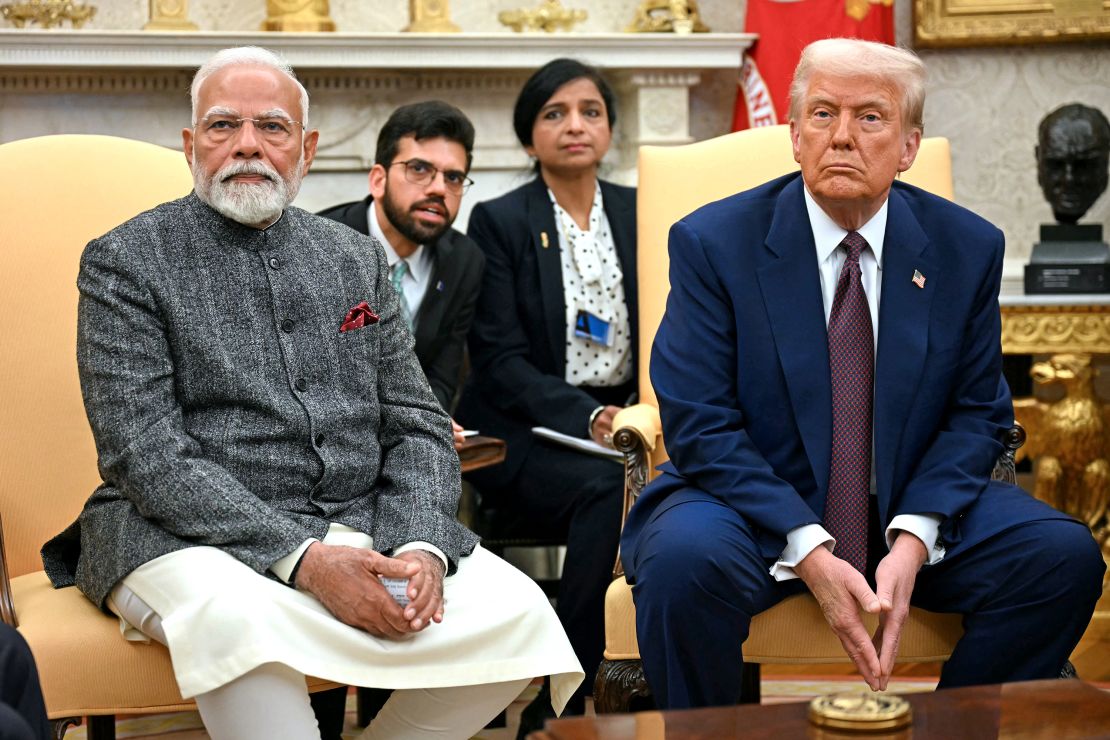
Netanyahu, whose relationship with Trump soured four years ago when the Israeli leader congratulated Joe Biden on his win, seemed to be making up for lost time when he met with Trump last week.
“I’ve said this before. I’ll say it again. You are the greatest friend Israel has ever had in the White House,” he said at the start of a joint press conference. Later, when questioned about the ceasefire-for-hostage deal that was negotiated during the Biden administration, Netanyahu assigned sole responsibility to Trump for getting the agreement across the finish line.
Jordan’s King Abdullah, whose meeting Tuesday was the most rife for dispute given Trump’s Gaza plan, allowed little of his disagreement to shine through. He, too, made the tacit suggestion Trump would have more success than his predecessor — having ascertained Trump’s fixation with Biden’s record.
“I truly believe that with all the challenges that we have in the Middle East, I finally see some way that could take us across the finish line to bring stability, peace, and prosperity to all of us in the region,” he said.
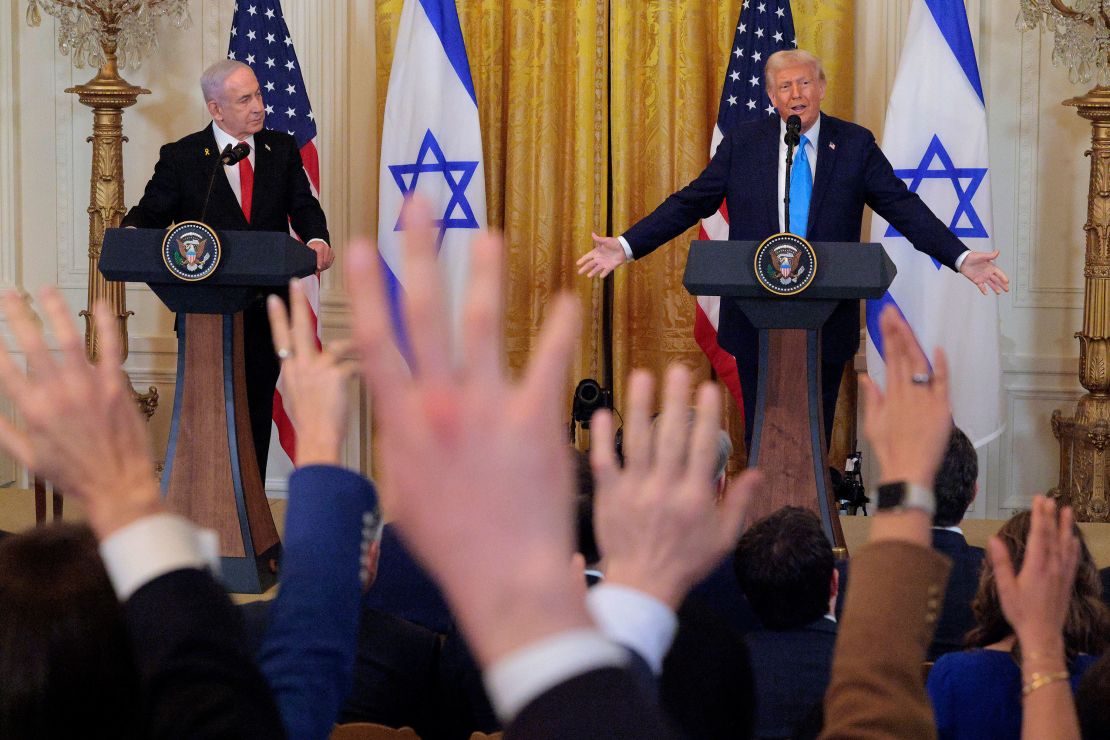
Still, Abdullah’s experience in the Oval Office demonstrated the limits of presidential face-time. For starters, the meeting was suddenly opened up to cameras after originally being listed as “closed press”; a private format may have been easier for the king to voice his doubts about Trump’s Gaza scheme.
With the cameras on, Abdullah made obvious his reservations about Trump’s plan to remove more than a million Palestinians and move them to “parcels of land” in Jordan. But it seemed to have little effect; the president only sounded more convinced of his idea by the time the meeting ended.
That was precisely the opposite of what Abdullah was hoping to hear. Facing rising popular discontent among his people, he was undoubtedly looking for a softer position from Trump on what, for the king, is now an existential problem.
A day later, Trump released a video, taped by a White House official from behind the Resolute Desk, that had the appearance of a diplomatic clean-up.
“I just want to say you have a king who is a tremendous man, he’s a leader, he’s got a wonderful heart, he loves you so much,” Trump said in his “Message to the People of Jordan.”
“You are very lucky to have him,” Trump went on. “God bless you all. You’re going to have a great life. You have a great king.”

